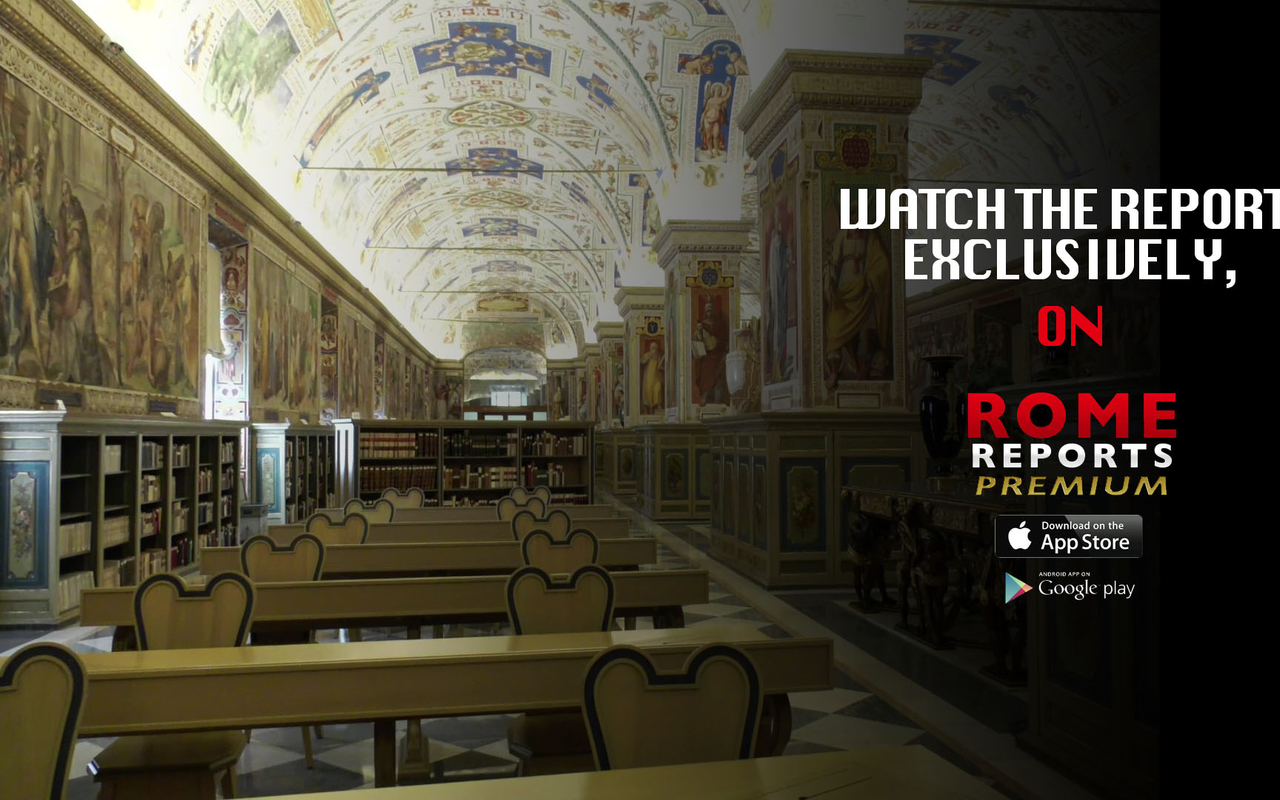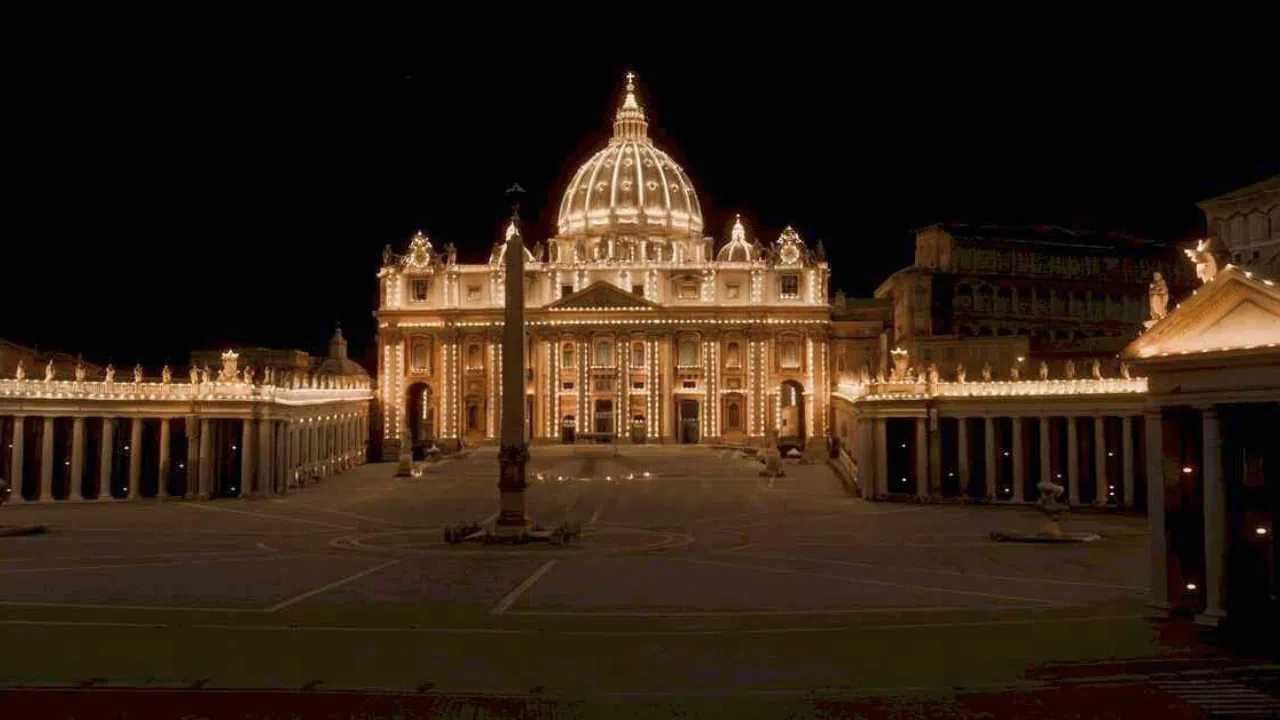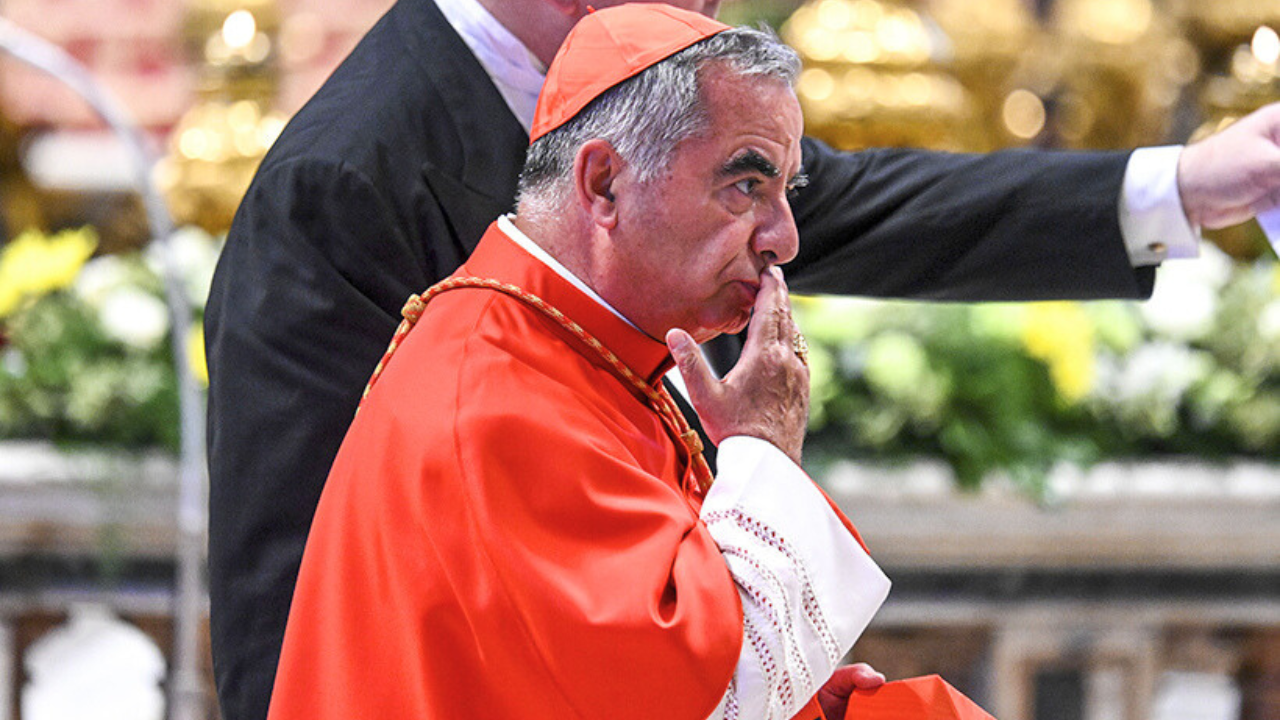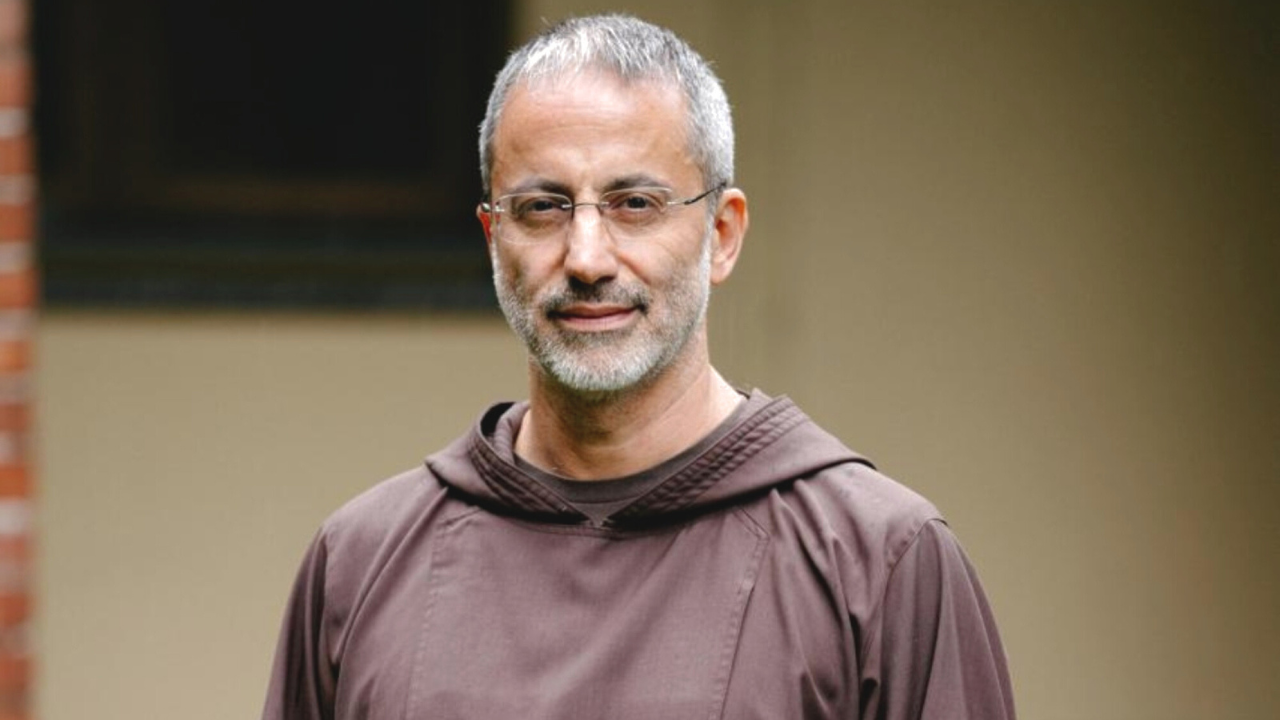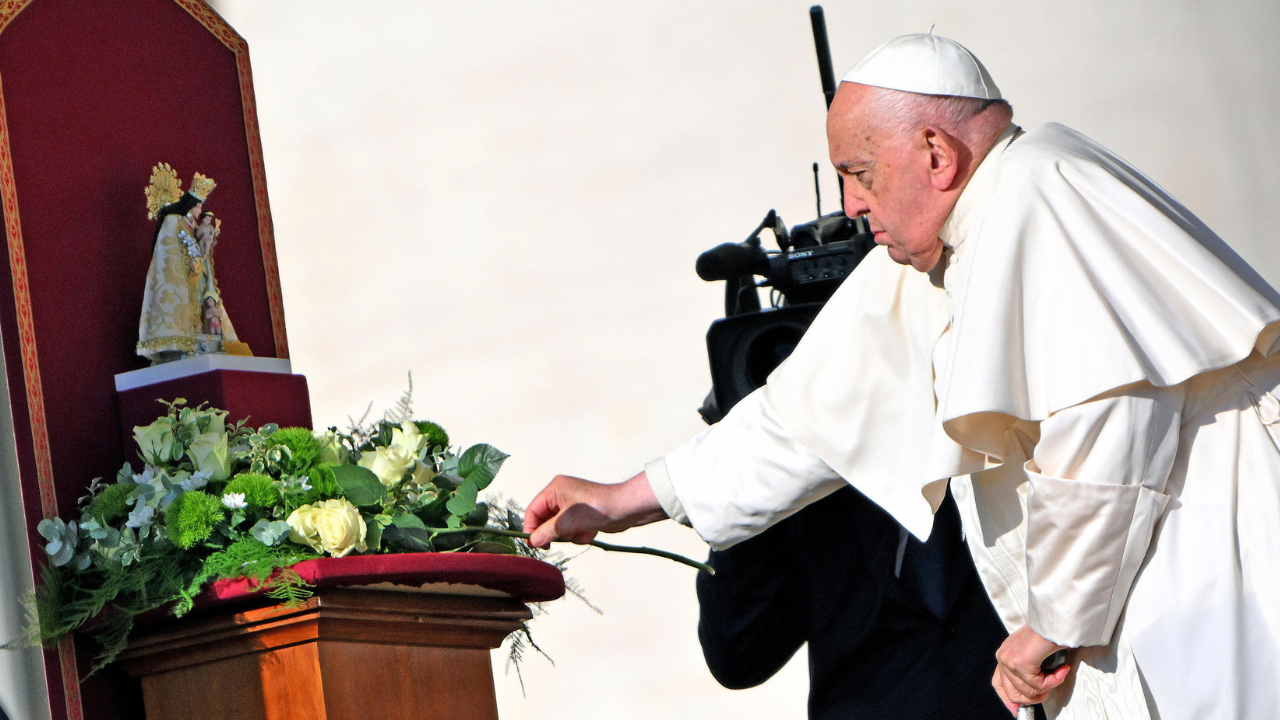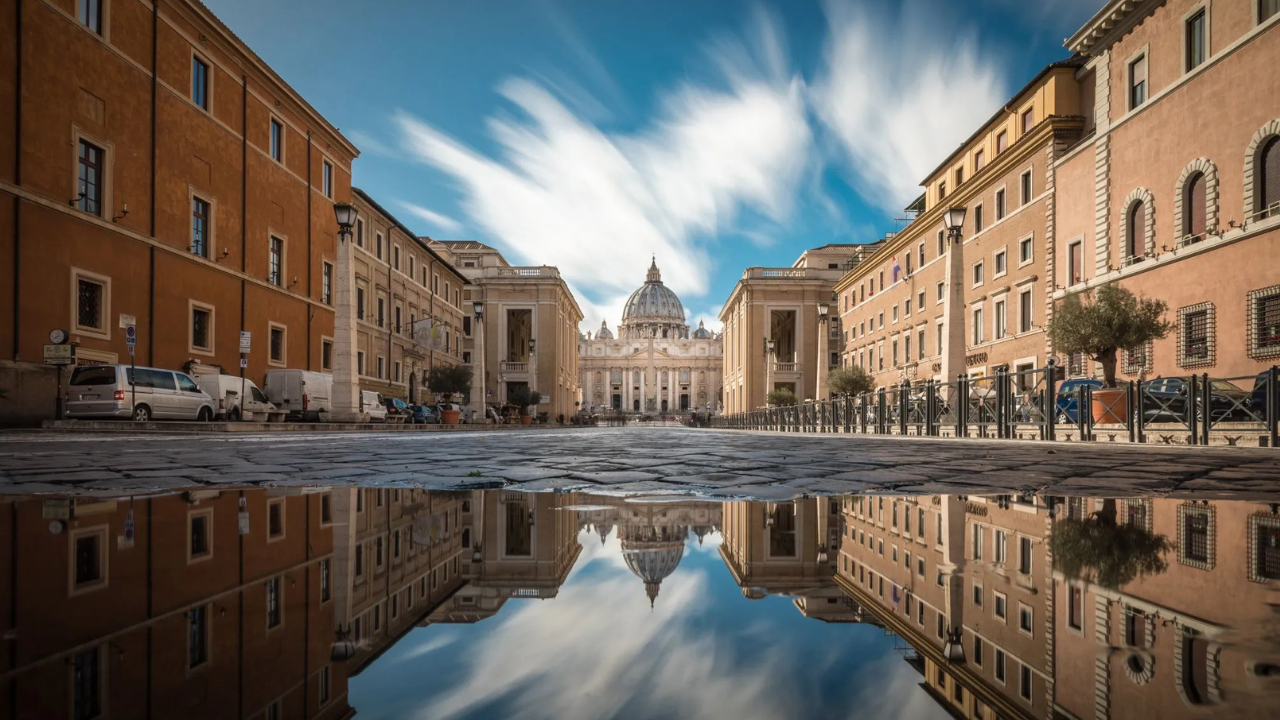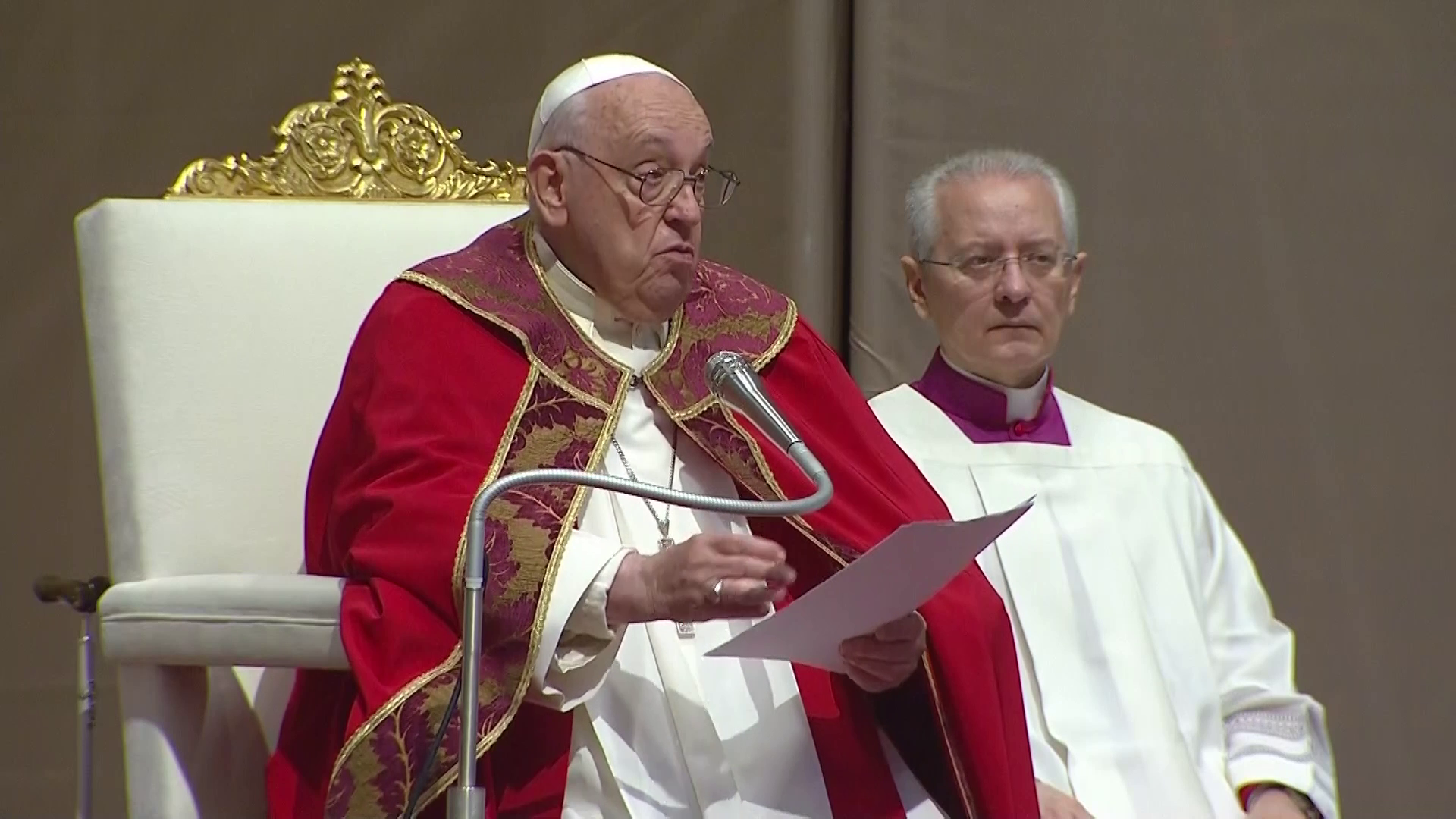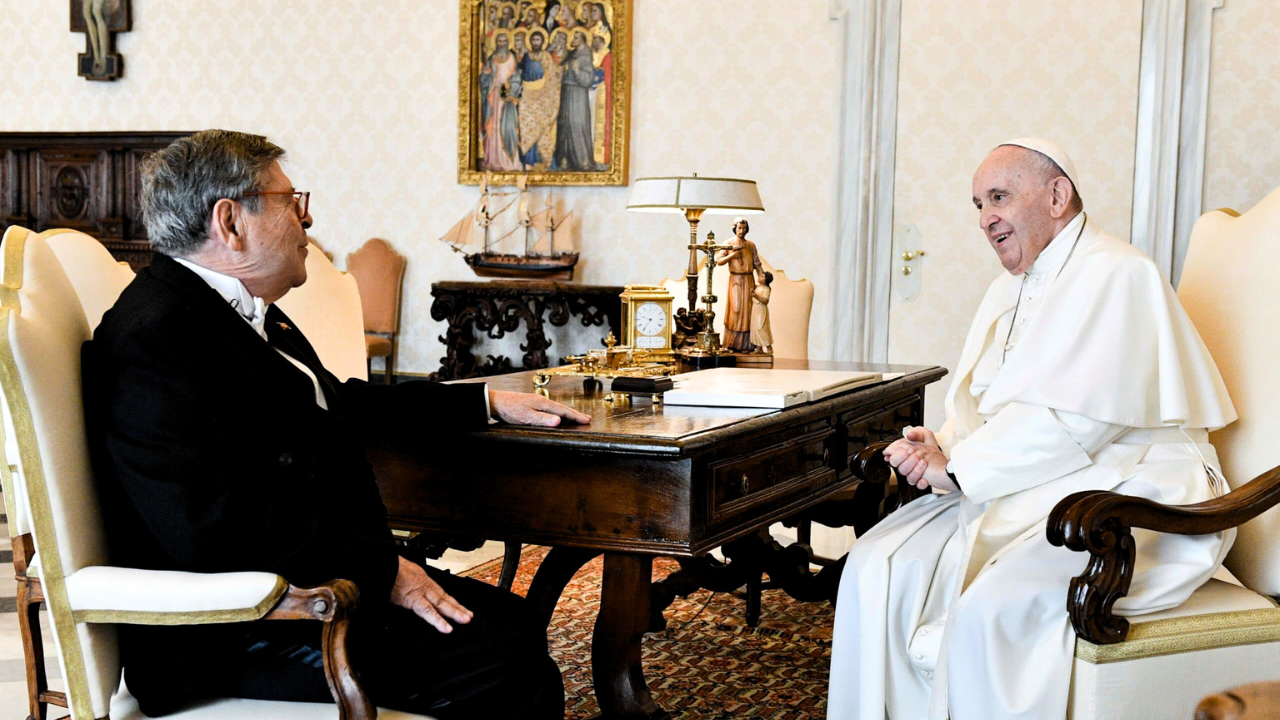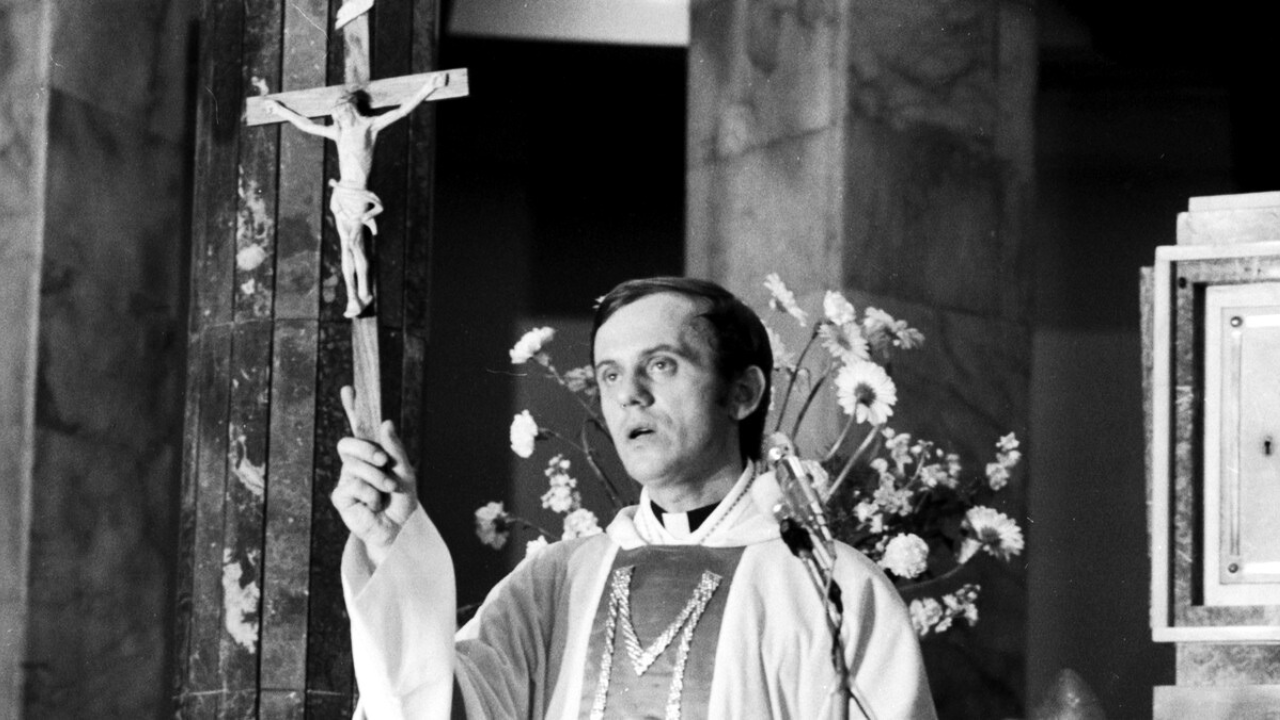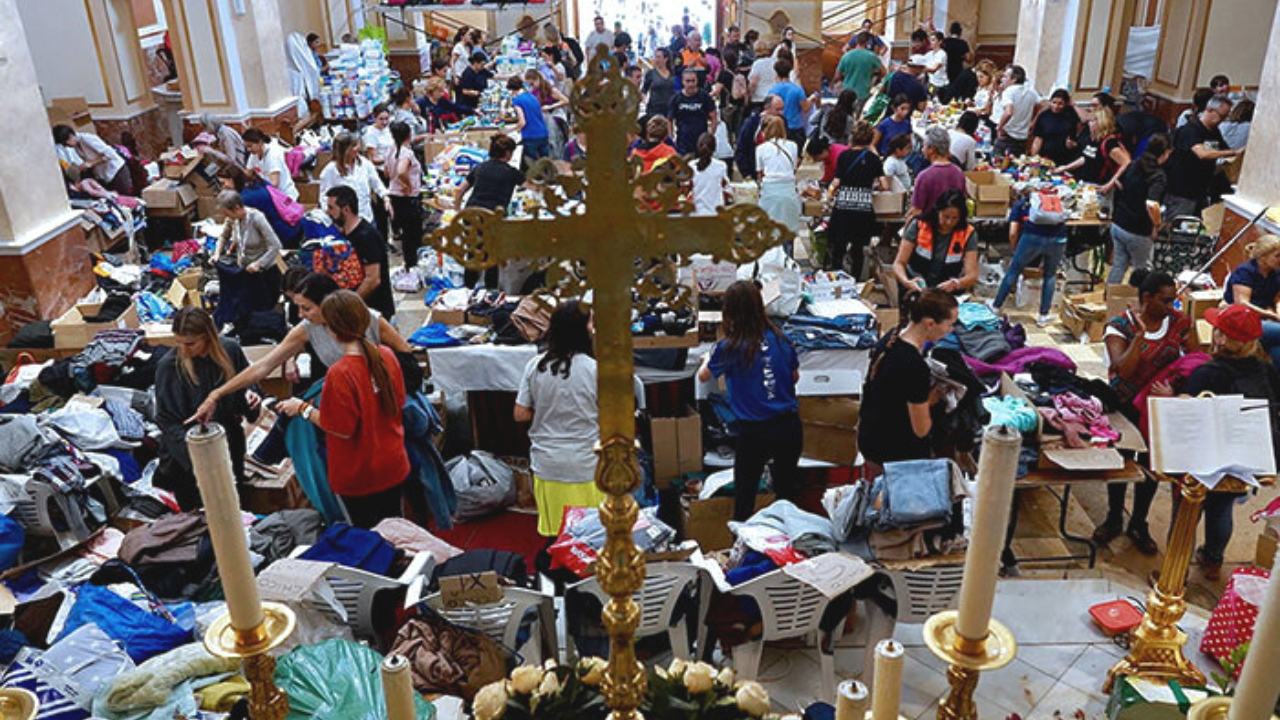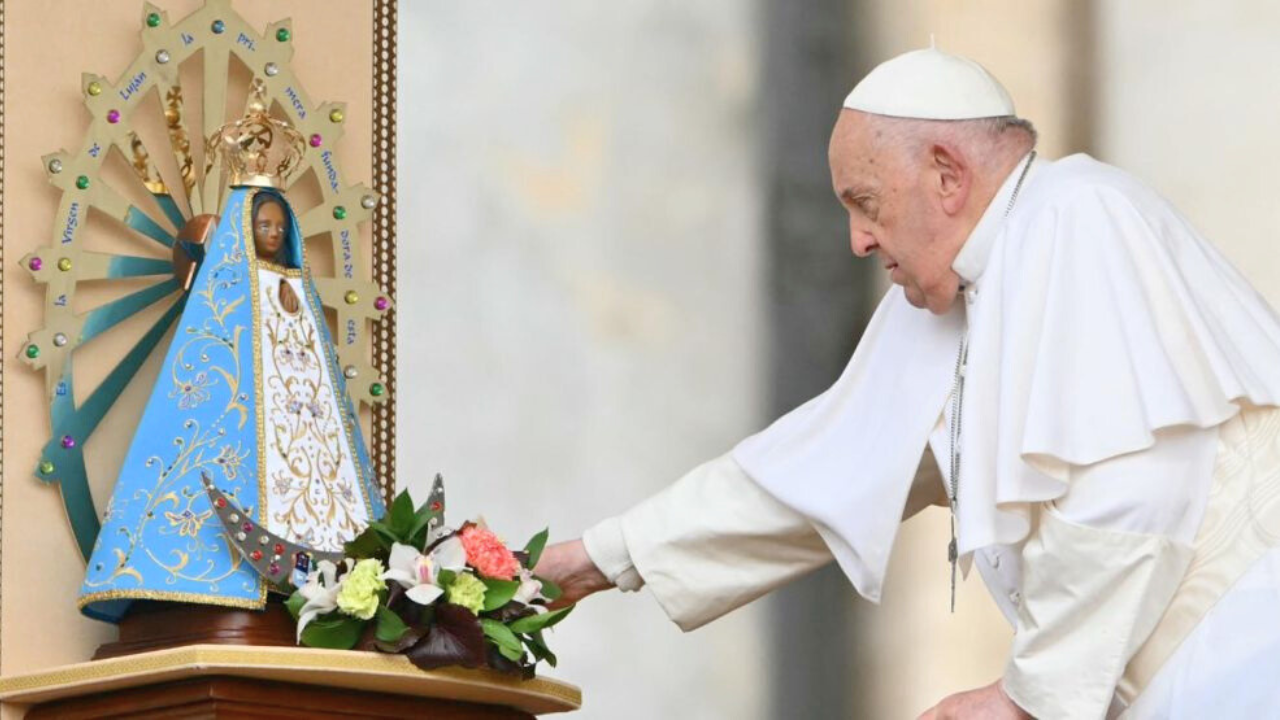Watch the full report on Rome Reports Premium:
Since its beginnings in the 1400s, the Vatican Library's mission has not changed: to be at the service of humanity. It provides material for scholars, students and anyone who can prove they are studying a particular item contained inside the shelves lining the library.
One room in particular represents this mission, the Sistine Hall. It used to be the headquarters of the Vatican's Library.
MSGR. CESARE PASINI
Prefect, Vatican Library
“We are in the Sistine hall. It was built under the pontificate of Sixtus V, 1585-1590. In these five years, he completed many projects in Rome, including this salon dedicated to receiving the books for the library. Until that time, they had been kept in a smaller space on the other side of the courtyard, a structured room open to be a library.”
The entire Vatican library houses 1.1 million printed books, 80,000 manuscripts and 100,000 documented archives, mainly gathered from Roman families who donated their pieces to the library.
MSGR. CESARE PASINI
Prefect, Vatican Library
“It not only has printed books, which came decades after the library was created, but also drawings, prints, engraved papers, coins and medals. So to know the contents of the library, one must factor in all these parts. We have 80 thousand manuscripts from every century, ranging from the most ancient centuries to the most recent ones, because they were still writing manuscripts 100 to 200 years ago.”
Written texts were not only originally brought to the library in Latin, but soon expanded to Greek and then Hebrew. Then the path to other alphabets also opened up, such as volumes in Japanese, Chinese and other Oriental languages. There are even some without words, like these pictograph volumes of South America.
The library has begun placing each of these books and manuscripts online through the process of digitalization.
MSGR. CESARE PASINI
Prefect, Vatican Library
“ We started to digitalize a precise and articulated project - manuscripts. Since there are nearly 80 thousand, we have an intense job to do and we have already put around 15-18 thousand online. Every year, we digitize new volumes.”
This process has changed the way the library functions. No longer do students and scholars need to come to Rome, find a hotel and spend days in the library. Now, research can be done in the comfort of someone's living room, with all the materials at their fingertips.
One person who carefully cares for and studies the ancient texts contained within the Vatican library is a scriptor. The role originated as precisely copying texts and transcripts before the printing technology was widely available. Now they are the library's calligraphy and philological experts.
One such man who has worked at the Vatican Library for nearly 30 years is Antonio Manfredi, the Latin scriptor.
ANTONIO MANFREDI
Latin scriptor, Vatican Library
“The Vatican library had a tradition of Latin editions. However we have reason to believe that only using this language blocks us a little. It's good that every one of us is able to express ourselves in our own language, or at least in the languages today which are suitable to communicate scientifically. 5:48 So I wrote several books in various languages, even texts in Latin to publish old editions. My work in Latin is truly scientific - linguistic and scientific.”
He also works as Vice Director of the Vatican School of Library Science, where future scriptors and other library roles are taught to Masters students from around the world. His lessons on the history on the library are found in his new book, from which he teaches. It is called “La Casa dei Libri: Quaderni della Scuola Vaticana di Biblioteconomia.”
The library sector and jobs are expected to grow at least nine percent in the coming decade, meaning the Vatican Library and these upcoming graduates won't be going anywhere fast. In fact, they will be able to serve scholars and humanity at large especially as digitalization and other new technologies continue to transform the average library.
Melissa Butz
